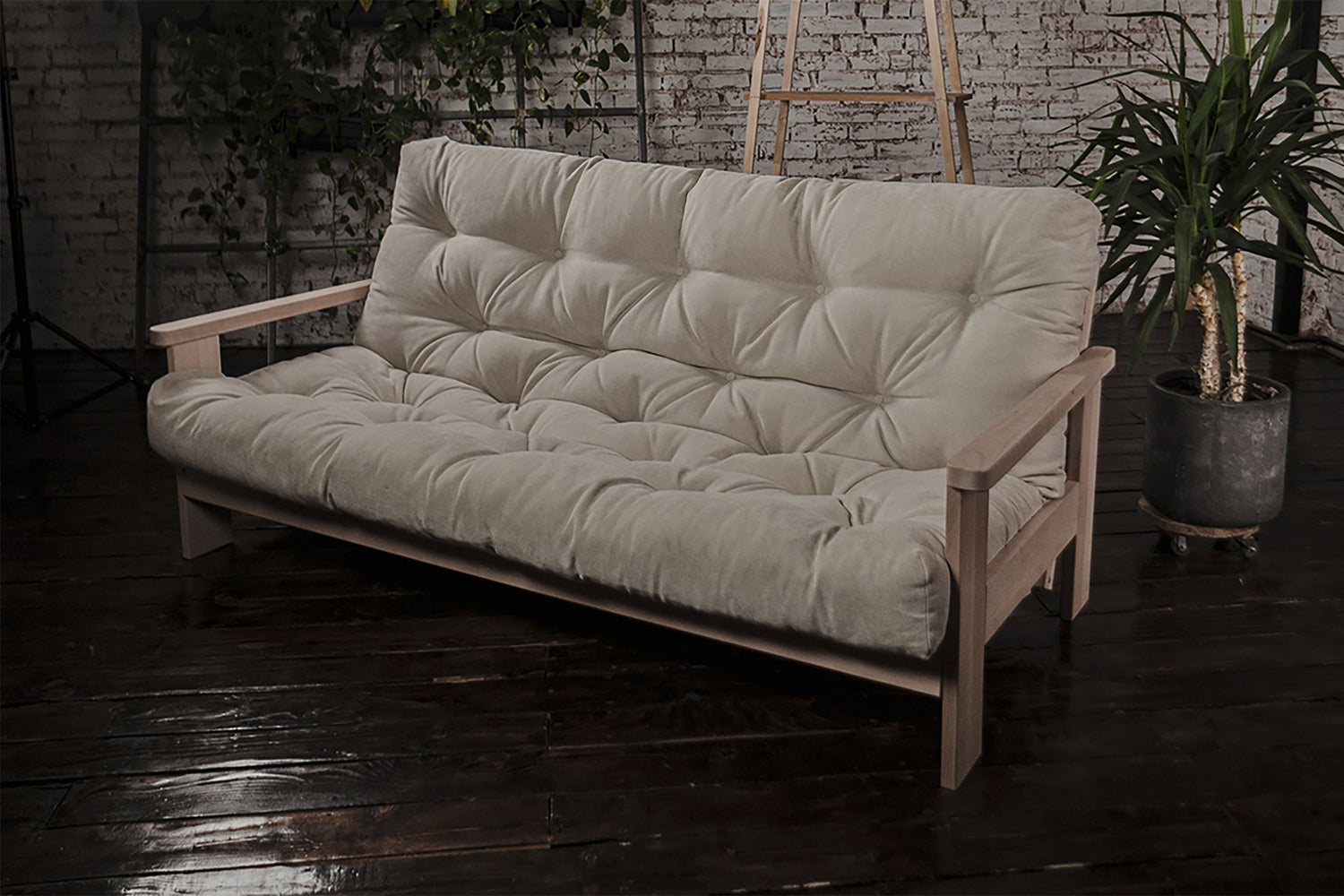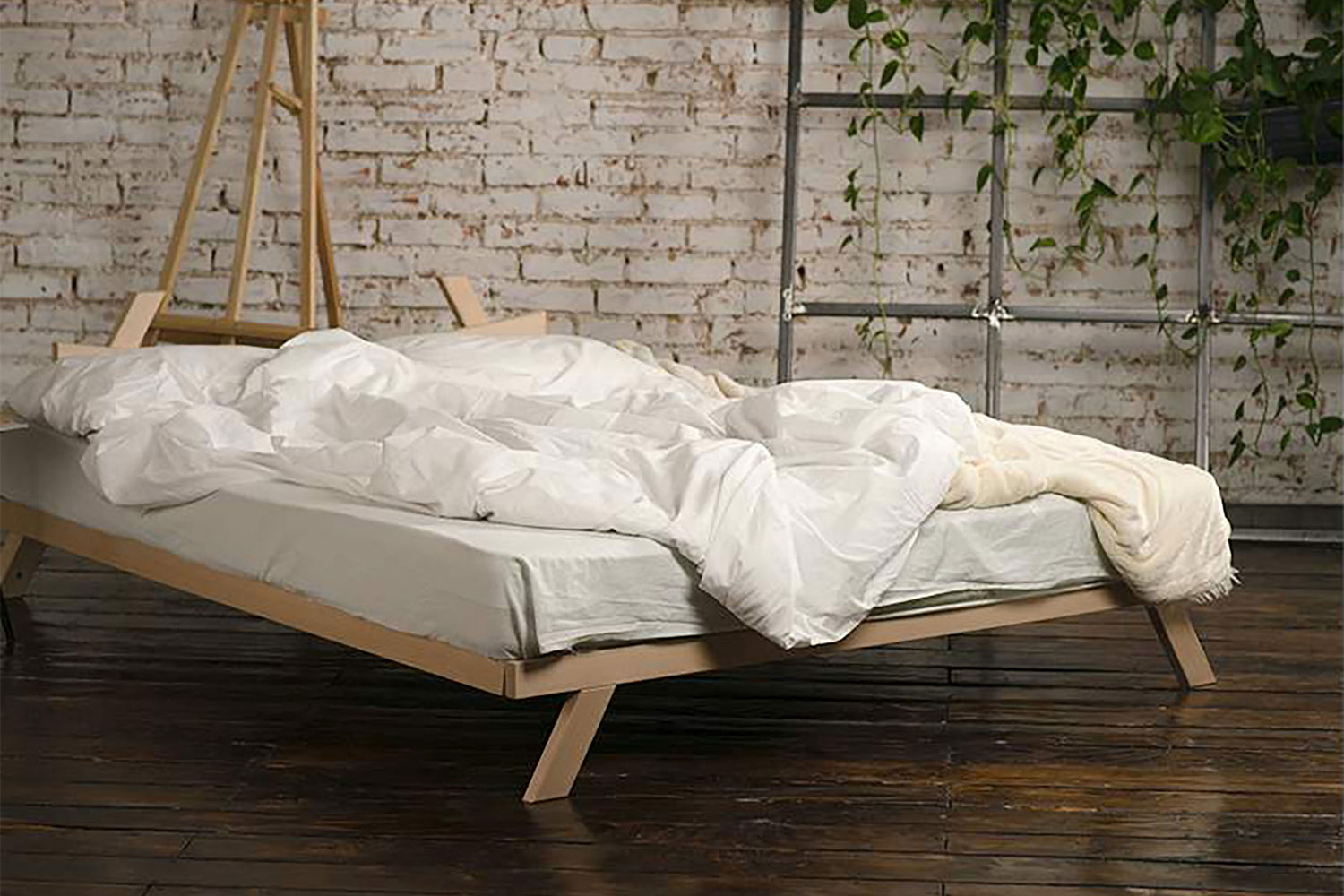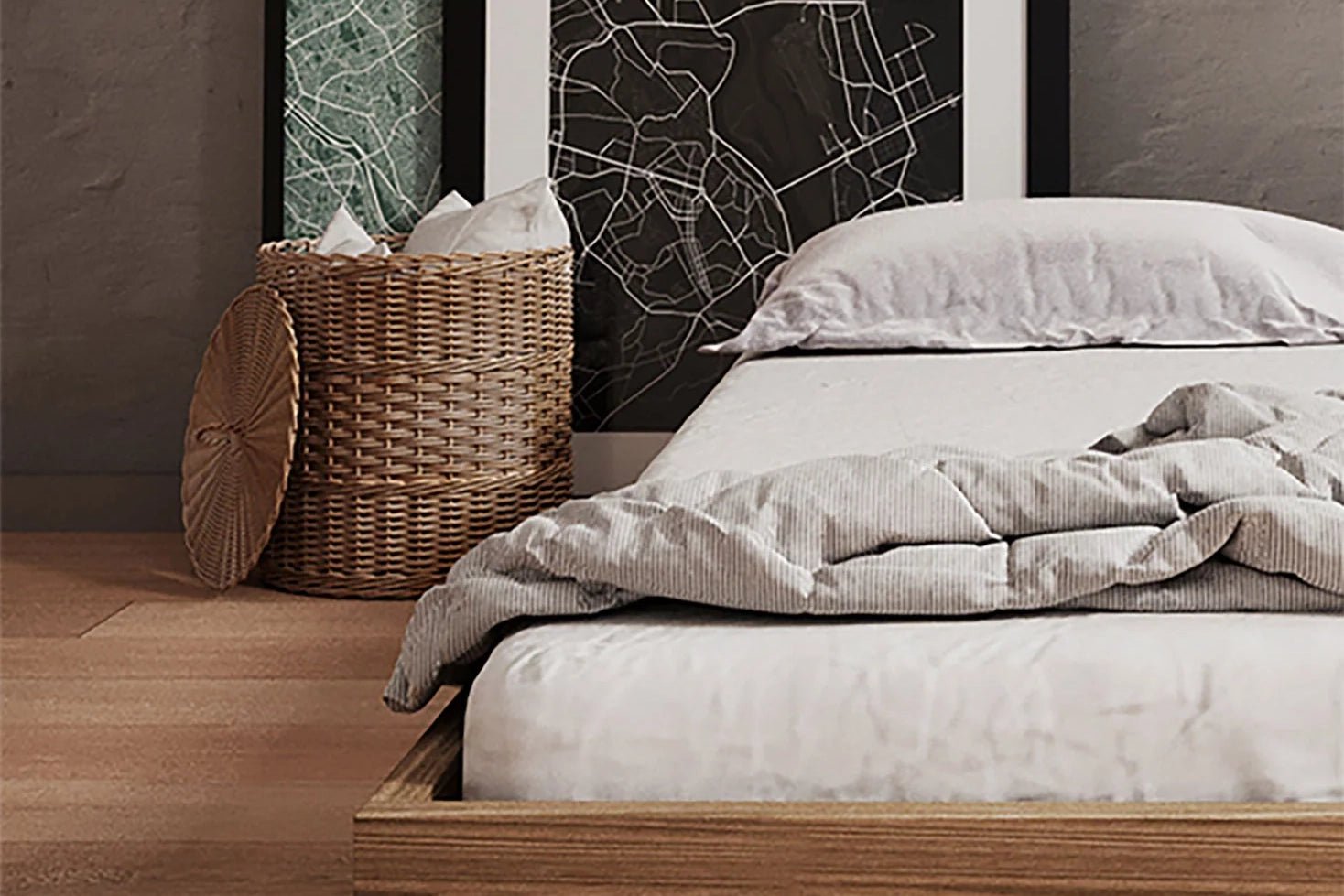
The History and Origin of Futons: From Japan to the Modern World
Share
The futon, an essential part of Japanese culture, has evolved over centuries, transforming from a traditional bedding solution to a versatile piece of furniture popular worldwide. But where does the word "futon" come from, and how did it make its way into modern homes? Let’s explore the fascinating history and cultural significance of futons.
What is a Futon?
A futon is a type of bedding traditionally used in Japan. It typically consists of a mattress (called shikibuton) and a duvet or blanket (kakebuton), both made from cotton or wool. Designed for use directly on tatami mats or wooden floors, futons can be easily folded and stored during the day, making them ideal for compact living spaces.
In Western cultures, the term "futon" has expanded to include futon sofas, which are multi-functional furniture pieces that convert from a couch to a bed.

The Origin of Futons
The word "futon" originates from the Japanese term 布団 (pronounced futon), which literally means "bedding." It entered the English language in the late 19th or early 20th century as Japan opened its doors to the world.
Why Did Japan Develop Futons?
The minimalist design of Japanese homes, with tatami floors and limited space, necessitated bedding that was easy to store and versatile. Futons became an integral part of Japanese daily life, offering comfort and practicality.
Futons in America
Futons were introduced to America in the late 20th century, where they underwent significant adaptation. Unlike the lightweight, floor-based Japanese futons, American futons are thicker, more padded, and often paired with a wooden or metal frame that converts between a sofa and a bed.
Why Did Futons Become Popular in the U.S.?
- Versatility: The ability to function as both a bed and a couch made futons ideal for small apartments and guest rooms.
- Affordability: Futons were often a more budget-friendly option compared to traditional beds or sofas.
- Minimalist Aesthetic: Their clean, simple design appealed to those seeking a modern, minimalist look.
Etymology of "Futon"
The term "futon" has retained its Japanese roots, but its meaning has broadened in different regions. In Japan, it strictly refers to traditional bedding, while in the West, it encompasses sofa beds and other convertible furniture.
The Evolution of Futons
Traditional Japanese Futons
- Made from natural materials like cotton or wool.
- Designed for use on tatami mats.
- Folded and stored daily to maintain air circulation and cleanliness.
Western Futons
- Feature a thicker mattress for added comfort.
- Often placed on a frame that doubles as a sofa.
- Available in a variety of styles, sizes, and materials.
Why Are Futons Still Popular Today?
Futons have stood the test of time due to their practicality and adaptability. In Japan, they remain a staple of traditional living, while in the West, they are prized for their space-saving design and modern appeal.

FAQs About Futons
Where Does the Word "Futon" Come From?
The word "futon" originates from Japanese and refers to a traditional bedding set consisting of a mattress and duvet.
What’s the Difference Between a Japanese Futon and an American Futon?
Japanese futons are lightweight and designed for use on the floor, while American futons are thicker, padded, and paired with a frame that doubles as a sofa.
Why Does Japan Use Futons?
Futons are ideal for Japan’s traditional tatami flooring and compact living spaces, offering a practical and comfortable sleeping solution.
Are Futons Still Used in America?
Yes, futons remain popular in the U.S., especially as sofa beds for guest rooms or apartments.
Final Thoughts: The Legacy of Futons
From their origins in Japan to their reinvention in the West, futons have come a long way. Whether you prefer the simplicity of a Japanese shikibuton or the versatility of an American futon sofa, these adaptable pieces continue to offer comfort and functionality for modern living.
For more on futons, including tips on choosing the perfect one for your home, explore our collection of futon frames, mattresses, and bedding.











